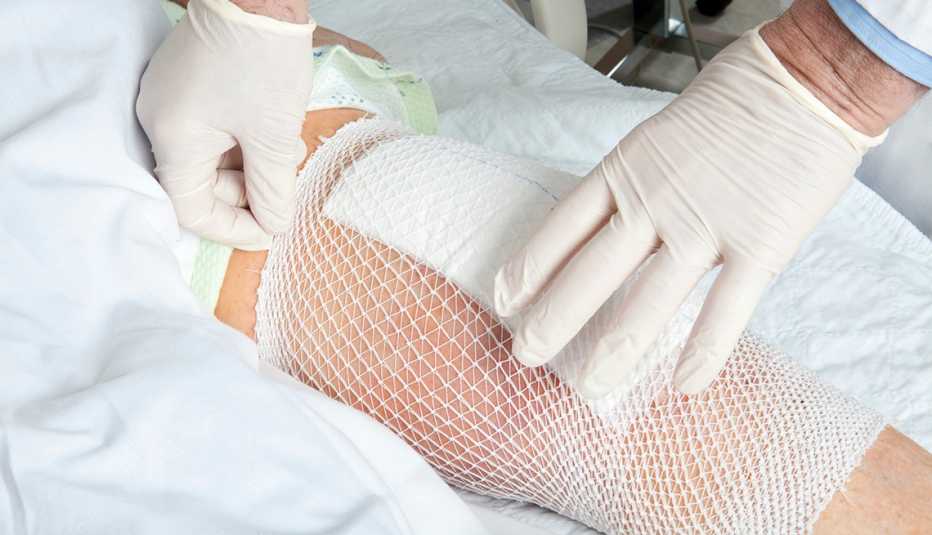Staying Fit
If you’re scheduled for knee replacement surgery, your surgeon has probably already told you that your recovery will take a while. In fact, it may be 12 weeks or more before you get fully back to your regular everyday activities. For an easier recovery, experts recommend taking the following steps to prepare your home before surgery.


AARP Membership— $12 for your first year when you sign up for Automatic Renewal
Get instant access to members-only products and hundreds of discounts, a free second membership, and a subscription to AARP the Magazine.
1. Create a first-floor sleeping space
Navigating stairs is tough immediately after knee surgery, says Geoffrey Westrich, M.D., an orthopedic surgeon at Hospital for Special Surgery in New York City and a professor at Weill Cornell Medicine at Cornell University.
If you normally sleep upstairs in a multistory home, consider converting a space downstairs into a bedroom for a few weeks. Set up a temporary bed, or sleep on a couch or recliner. Ideally, “you need to be able to access your bed, a bathroom and the kitchen all on same level,” Westrich says.
2. Prepare a recovery area
Initially, your go-to chair should be a sturdy, stable one with arms to help you stand up or a recliner so you can elevate your leg, Westrich says. Placing a firm cushion on the seat of the chair can also help when you stand up. If you don’t have a recliner, you can use a footstool to elevate your leg.
Place items you might need — tissues, glasses, TV remote control, reading materials, wastebasket, laptop — within easy reach.




































































